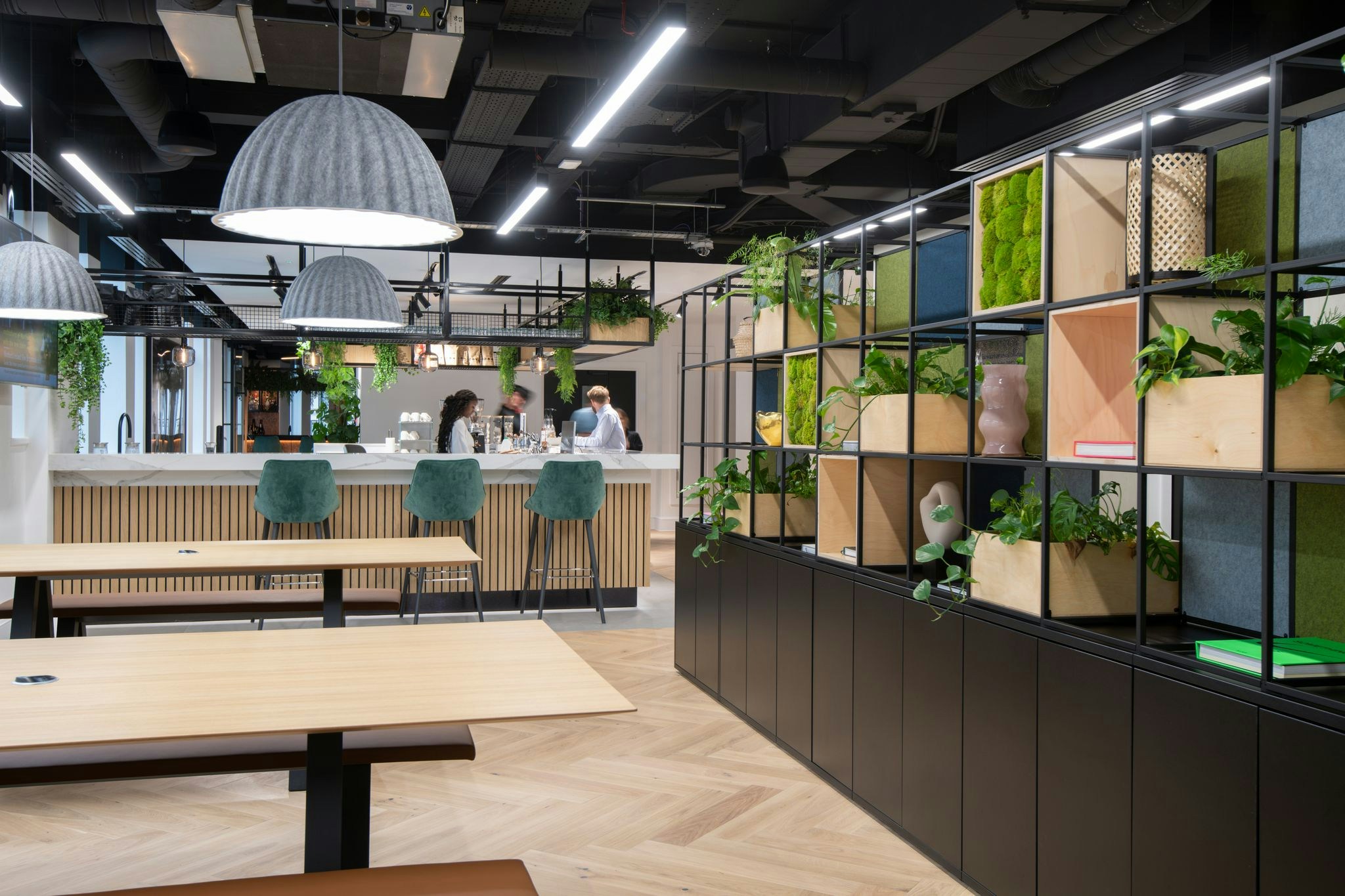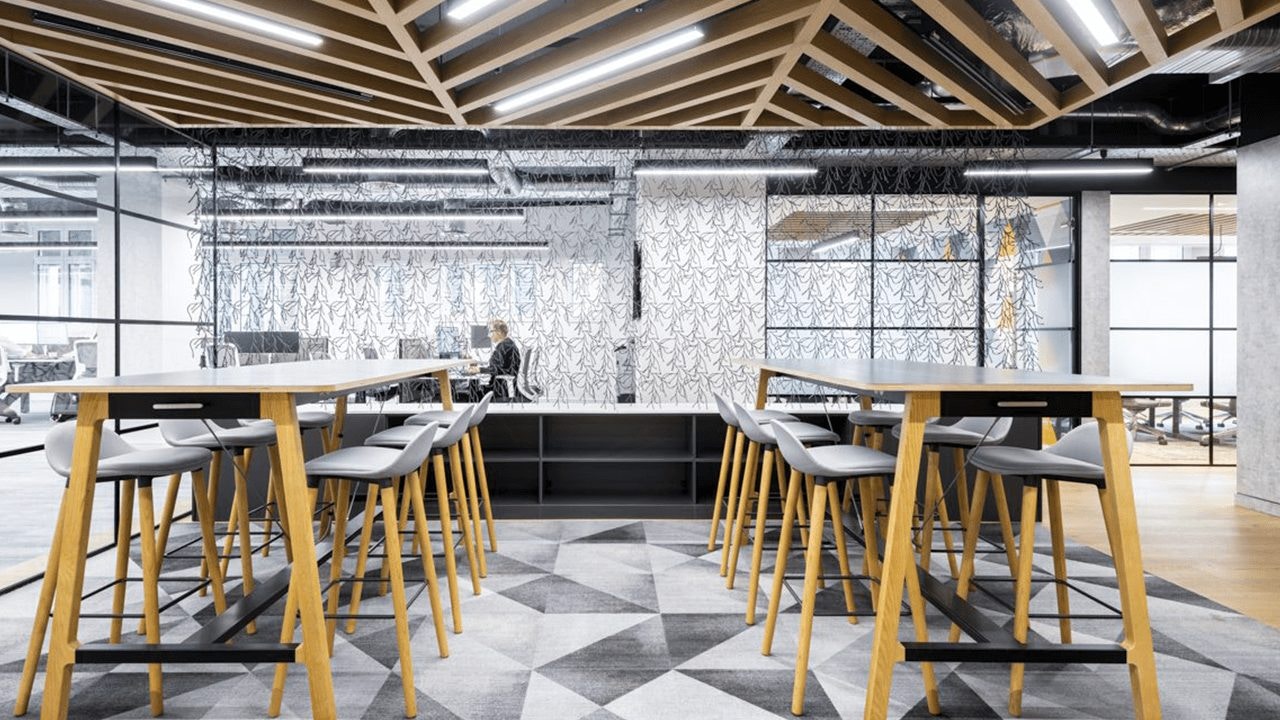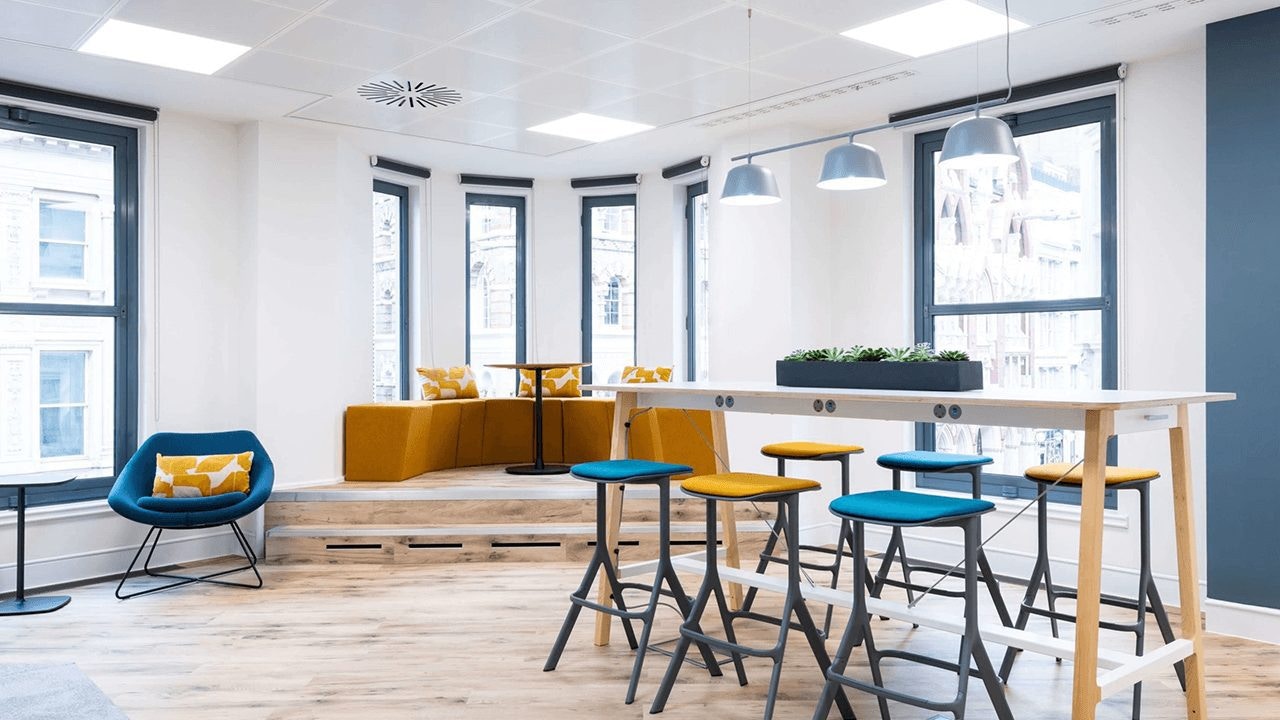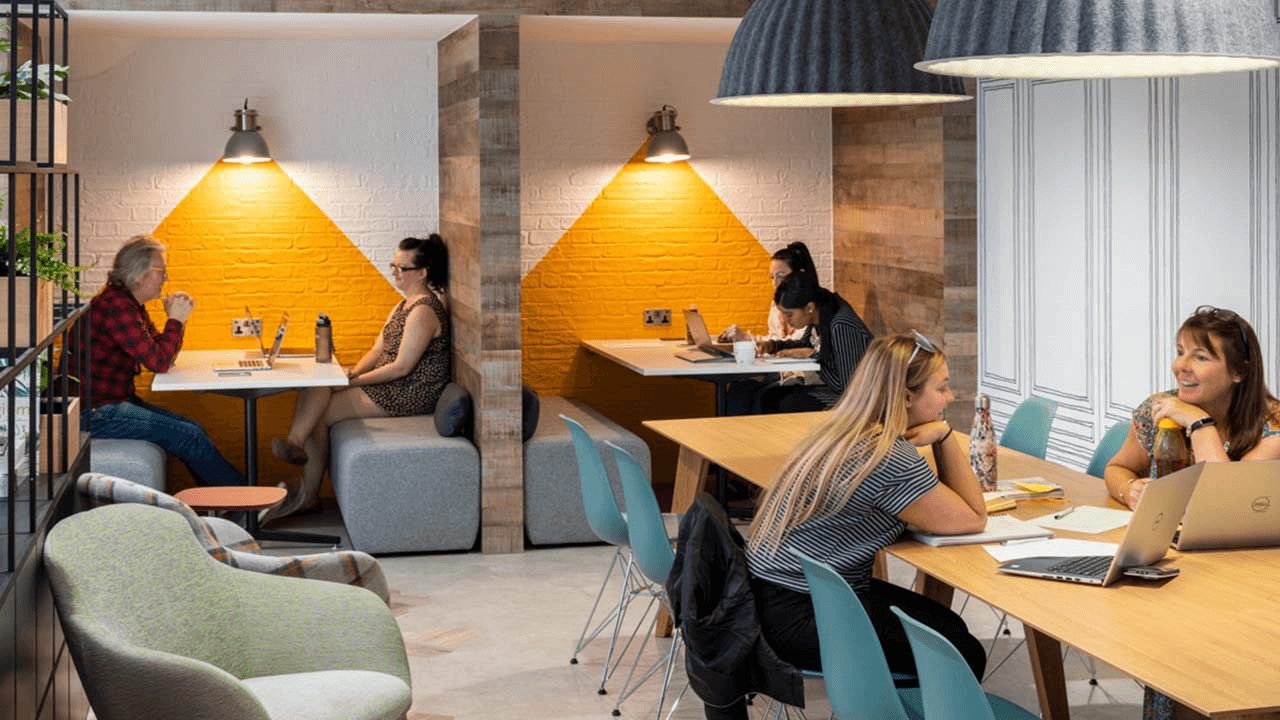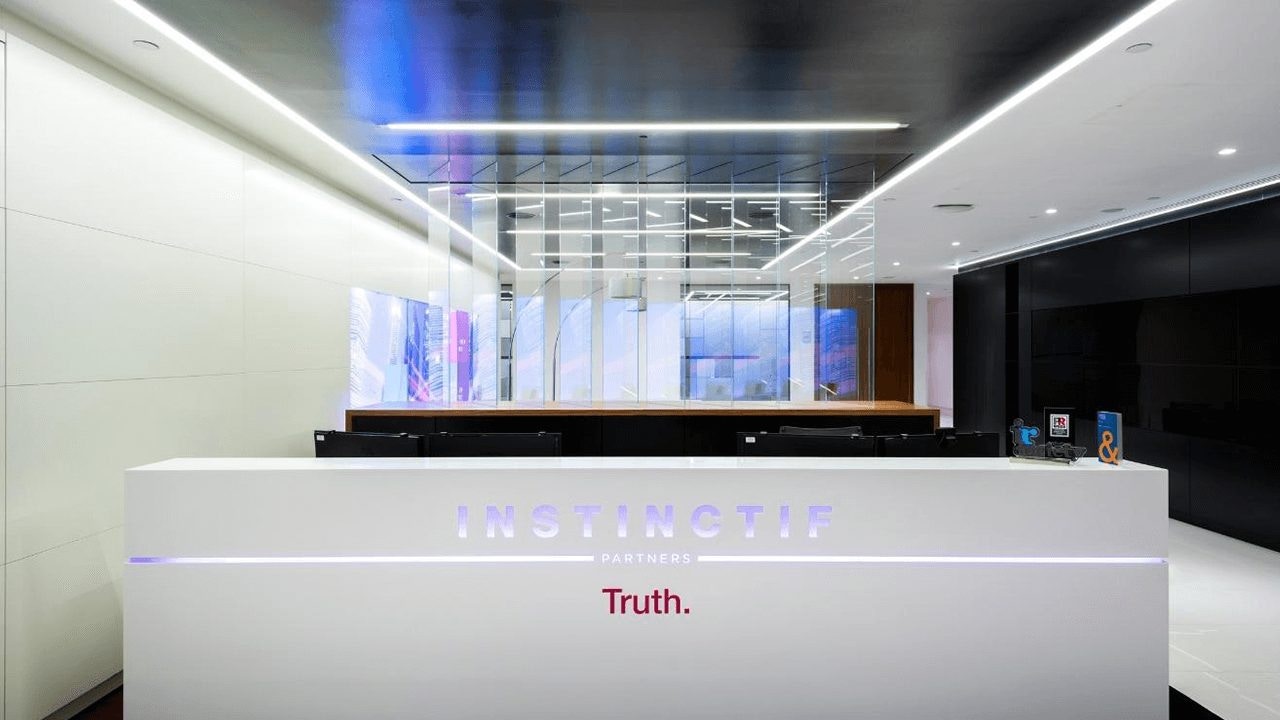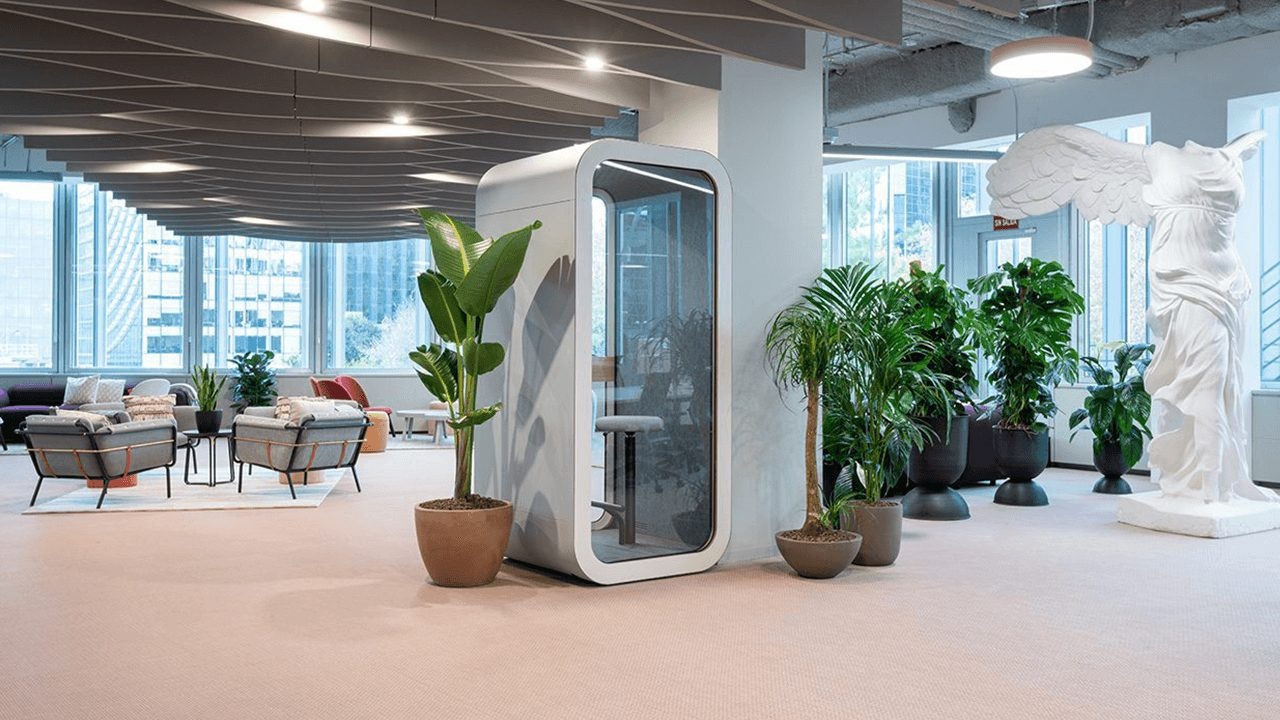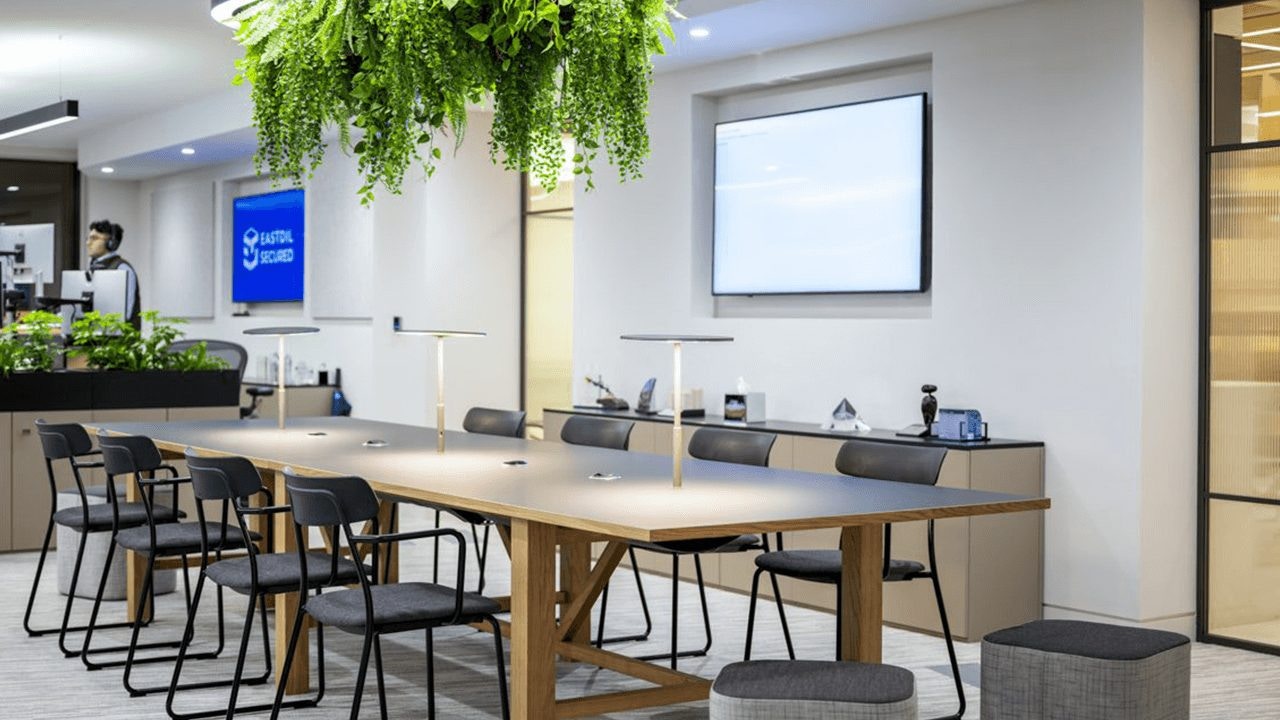The design of an office space can significantly impact a growing company’s success and growth. In 2023, the UK saw a record-breaking surge in new businesses, with over 900,000 companies launched – a 12% increase from the previous year. This remarkable growth occurred despite economic challenges, including high inflation and rising operational costs. The largest sectors driving this boom included online retail, property, and street food stalls.
As new companies grow, more office space is needed. Modern workplaces need flexible, sustainable workspaces that promote collaboration, creativity, and inclusivity. This article looks at how office design can help gwoing companies. It explores the latest office design trends, providing tips for optimising your workspace to ensure long-term growth and success.
